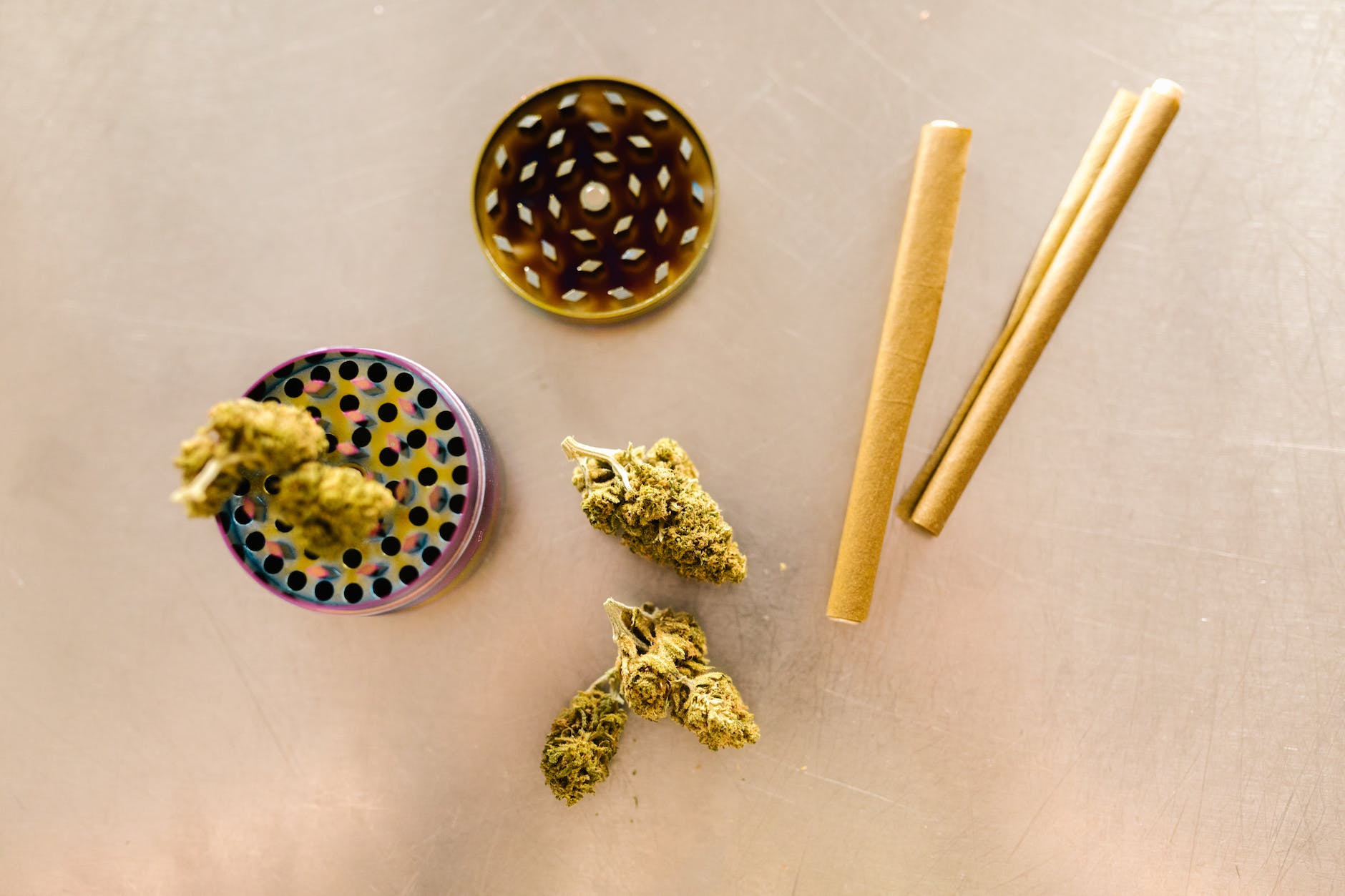An increasing number of people, both recreational and medicinal users, are veering away from smoking and vaping, instead delving into the world of cannabis edibles and infusions. The art of cooking with cannabis transcends the characteristic ‘high’, to provide a range of gastronomical delicacies that can be customized for personal preference and dosage.
In essence, cannabis edibles are foods that contain cannabinoids. These cannabinoids primarily include THC (tetrahydrocannabinol), which is psychoactive, and CBD (cannabidiol), which lacks the high but offers substantial health benefits such as pain relief, reduced anxiety, and improved sleep. Health effects of consuming such edibles are typically longer lasting compared to inhalation, making them a preferred choice for many.
There are various cannabis recipes where primary ingredients like butter or oil can be infused with cannabis, offering a base that can be used in a variety of culinary exploits. A golden rule in this craft is to constantly stir and lower heat, a prerequisite to ensure THC or CBD does not degrade and the infusions are even. A primary example of this is the creation of cannabis butter, which can be easily crafted in your own kitchen.
Cannabis butter, affectionately known as ‘cannabutter’ is a key ingredient in many edibles and an easy gateway into the world of cooking with cannabis. By simply simmering butter or oil with decarboxylated (heated) cannabis, the THC or CBD is transferred into the fat present in the butter or oil, creating a potent infusion. This process is so popular, even renowned culinary maestros such as Bon Appétit have published a comprehensive guide on making cannabis butter at home.
The versatile nature of cannabutter allows for its use in a cornucopia of dishes – be it savory or sweet. From macaroni and cheese to brownies, the possibilities are endless. Moreover, those with a fondness for luxury can also mould that fascination into THC-infused foods with numerous truffle recipes marking a tantalizing addition to anyone’s culinary repertoire.
However, edibles are not limited to solid food. With increasing demand, the market has expanded to cannabis-infused beverages. Cannabis-infused beers, coffees, and teas are becoming increasingly popular. Making cannabis tea, for example, is a simple process of brewing the plant’s buds, leaves, or stems with hot water. This relaxing blend is perfect for those looking for a less potent, more refreshing way of consuming cannabis.
On the subject of potency, one of the main concerns when consuming edibles is the dosage. Unlike smoking, the effects of edibles take a longer time to kick in, often leading consumers to ingest more than necessary. It is, therefore, crucial to understand the concept of dosing edibles. Consumers should always start low and slow, gradually increasing the dose over time.
The opportunity to infuse the potent properties of cannabis into food and beverages extends the therapeutic potential of the plant, allowing users to easily incorporate it into their lives. It’s a world where gastronomy meets pharmacology to create CBD edibles providing relief and THC-infused foods for those seeking psychoactive effects.
Be it to craft a luxurious three-course meal infused with THC for an intimate gathering, a simple morning session of cannabis tea to chase away the pain or restlessness, or the creation of a comforting CBD infused snack during a movie night, the ability to personalize your cannabis experience is a blessing. Edibles and infusions hold more than just the promise of a high. They meld flavour with function, creating an enticing, potent, and ultimately personalised experience. No matter the desired outcome – excitement or relief – edibles herald a beautiful culinary world where anyone can experiment and enjoy.
The culinary art of cannabis edibles and infusions is a profound example of creativity meeting function. A world where consumers can take control of their experience, allowing the versatility of cannabis to bloom and spread, one dish and drink at a time.
